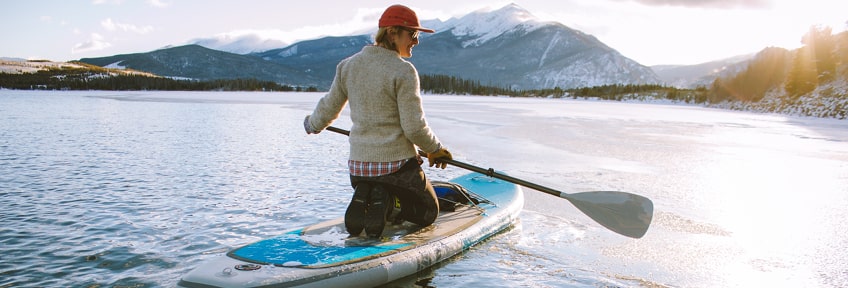The climate we experience every day at home does have a certain amount of influence on our every day lives. However, when we are considering making a trip out of town or out of the country, it then assumes that we should adjust to a new climate as it has a positive or negative effect on our general wellbeing.
Therefore, following the old Boy Scouts motto of “Being Prepared” could be considered good advice!
Be Prepared to Adjust to a New Climate
Before going further, let’s define what the word climate means. Specifically, it’s the prevailing average condition recorded in a certain location over a long-term period. This is in comparison to weather conditions, as a symptom of a climate at a determined time and location. It is a demonstration of the importance to adjust to a new climate!
An example of this is that whilst surface and sea temperatures may generally be forecasted to increase, rain patterns will change. It could result in some areas being wetter than others driers, with the likely increase of extreme conditions.
For tourists, they can benefit from an understanding of possible climatic changes in the area they are visiting. They could determine how it could impact on their planned visit.
Why Climate Change in Tourism is a Motivator
Climate change in tourism has long been recognized as a motivator as well as an important asset for a destination and can be considered a primary resource for the industry.
If we ask the question, how does climate change in tourism shows that it is the launch pad that makes tourism activities possible and enjoyable?
Weather conditions experienced by tourists at their destination can play a crucial role for various reasons. For instance;
- Weather permits a variety of activities
- Alternatively, it can prevent participation in activities
- Weather can also influence the degree of enjoyment
- Influences tourist satisfaction with a certain destination
- Safety factors can depend on the weather, such as extreme wind, or heat waves, among others.
Adapting to Unpredictable Weather
We cannot expect weather conditions to always be ideal for our particular demands. Therefore, we must take various actions and precautions to adjust to a new climate to make the best of the weather we encounter. Examples of this;
- Moving from the sun to shaded areas
- Regulate our activities to suit weather conditions
- Utilize accessories, such as sun-shades or windbreakers
- Dress in appropriate clothing to meet prevailing conditions
Probably for most of us the ideal climatic conditions would be warm temperatures and sparkling clear waters. All with a minimal health risk. Poor weather and personal discomfort have a greater influence on our enjoying a location than good weather. Cold or wet conditions, with reduced visibility and restraining our activities have a more pronounced effect on our general wellbeing.
Personal Safety and Weather Conditions
Safety is always a factor. No matter where we are and the weather conditions we are experiencing, especially those deemed unfavorable! Heat waves, in particular, can have detrimental effects on our emotional perceptions and activity related behavior patterns.
Tourists especially subject to sometimes serious heat-influenced illnesses resulting in severe downtime or even extended medical treatment. This is especially prevalent for those traveling from hot to cold climates and accordingly, precautions should always include in travel preparations.
About Being Further Prepared
On the other side of the coin, enjoyment of a location lessened by weather conditions such as poor snow falls at skiing resorts. Apart from restricting skiing activity, accidents can cause exposed rocks and congested slopes. In certain cases, cold winters associate with a higher road accident rate, compared to above average warmer winters, seen to reduce the accident potential.
It would seem to be an instance of not being able to please everyone all the time. This suggests it’s wise to invest in some acclimatization training and take some extra precautions when planning your activities!
Tourist Perceptions
Weather and climatic conditions are crucial influences related to tourism. However, the perceptions of tourists regarding a climate can be more important than the reality of a location. Tourists make their decisions based on what they believe the climatic conditions of a destination area.




